Inside The Haus: Ryan Dorshorst, President and co-founder, Hipstamatic
What’s your professional background and how did you come up with the idea to start Hipstamatic with Lucas?
I went to college in Wisconsin with Lucas, actually that’s where we met. Before college, in high school I’d been doing a lot of work already with different clients in my small town in Wisconsin, and had started learning things like web design and web development. That’s kind of where I started learning the technical side of things. Throughout college I was doing client work, mostly building websites and things around that nature. After college I moved to Minneapolis with my wife. Lucas moved to Chicago, he was working in the publishing industry down there. I was moving to Minneapolis to try and find a design job, we were both going to design school.
There are a lot of little design studios with just a handful of people, and that was the kind of environment I liked. So I went with the intention of finding a job there. I had a bunch of interviews, nothing that I was really excited about. I really liked working just doing my own thing, having the freedom and the open schedule. So I contacted Lucas, just kind of sent him an email and said, "hey, do you want to start a design studio together?" and I wasn’t really serious, but I was half serious. He replied back right away and said, "yeah, let’s do it." I was surprised because I wasn’t super serious about it, but I was definitely somewhat serious, because I really liked that style of working. So we did it, and for three years we worked together. He stayed in Chicago; I stayed in Minneapolis. We had different clients, doing branding work, doing a lot of web work, building web applications, because I had the technical background, not like a formal education, but I had learned it. I was figuring out how to do more and more advanced web development.
The economy was rough that whole time, so it was always hard for us to get work. We started working with a lot of start up companies, helping them develop their product from scratch; we were consulting with them and helping them with their business plan and decide how to make money. We’d done that a few times. We were not getting much money out of the deal because they didn’t have much money, but we learned a lot about start up culture and about building a business. We thought, “we were doing a lot of this work for them, couldn’t we just do it for ourselves too?” Couldn’t we sit down and say, “hey, what kind of product can we make?” So we did that.
At the time the iOS platform was about a year old, so we almost thought we were getting into the game a little bit late, when we decided to build an iOS app. As it turned out we were still pretty early, and it was still a good time to be jumping in there. So we sat down and hashed out a bunch of ideas and Hipstamatic became the idea that we liked the most. So we built that, and it kind of exploded pretty quickly. We decided we should probably move to the same city, because we should probably build a company around this product. We liked doing client work because of the freedom that it gave us, but building a product for yourselves gives you even more freedom. You make all the decisions you, work with customers directly, you build something that millions of people use versus who knows how many people use a product that you build for a client. It was very rewarding! We decided to move to one city and we picked San Francisco just because we like the city more than anything.
When you first launched Hipstamatic you and Lucas weren’t living in the same city?
I was still in St. Paul, Minnesota, and Lucas was still in Chicago. We were there for about 9 months after it launched, in December 2009, and I think Lucas moved out here in June 2010, and I moved out here in August. We did have a little studio in Chicago for a while, where we started hiring a couple of people, we ended up moving them out here too.
Do you remember the exact moment when you realized Hipstamatic was such a big success?
Every morning we would wake up and get an email with how many people had downloaded it the previous day. The first few days it was pretty exciting. We were getting a good number of people downloading it, but then it just started exponentially increasing. It came out early December and it was right around New Year we were like this is really becoming very big, then we got featured by Apple.
I think that we had 150,000 downloads between when it launched and New Year’s, so it was pretty quick that it jumped up. The first few days it was a few hundred, then a few thousand, and then all of a sudden it really jumped. It was exciting and just crazy to wake up every morning and be like wow it just keeps getting bigger and bigger, more and more people are using this. We were quickly updating it, and adding new things right away, and rapidly trying to support it. It was very exciting.
What led to the development of Oggl as a completely separate app, why didn’t you want to incorporate more features into Hipstamatic?
They’re both very different. What we did when we built Oggl was, we’ve always had this list of things that we’d like to improve and change on Hipstamatic, there were a lot of things on that list that we felt if we added them to the current version of Hipstamatic, it would make it not feel the same. It wouldn’t have the same romance of being this little plastic camera. Things like having a live preview, having presets right on the screen, being able to change the lens and film after you’ve shot. It seemed like if we added those things to Hipstamatic Classic, it would make that product less distinct. We felt like we were somewhat limited by what we had built, and not wanting to change it too much.
There are a lot of people that really love those parts of the app so we thought let’s just build a completely new app. How would we build an application that can fulfill these things, that we’d love to have and just not worry about a change impacting what we’ve already built. That was how we built Oggl.
Adding a social component to it, adding being able to post process your images, those were some really big things that had been on the list for Hipstamatic Classic, but we didn’t think we could put them into that product without fundamentally changing what it is. That’s why we built it, and I think they are very separate and very distinct in the experience that you have with them. It seems like they make sense, having them be separate products.
You develop all of Hipstamatic’s products yourself?
Right now I’m developing all of the iOS components, and we also have a contractor that helps us with all the server side stuff, which are the social components of Oggl primarily. He lives in Missouri.
How do you balance the technical and the creative aspects of your work?
I’ve always been interested in both. I mean there are times when I’m really deep into technical things, and it’s hard to break out again and just remove that from the equation, and just thinking creatively, "what would be a cool way to do this?" without worrying about the limits of the technology. It can be hard to just turn off that part of the brain for a while. I think they’re both really interesting in their own right. It’s very rewarding to be able to take an idea and actually build it, and make it a reality from start to finish. I really enjoy that.
How quickly is Oggl growing compared to Hipstamatic in the beginning?
Oggl is growing differently than Hipstamatic grew. We are also intentionally building it slower because we want to fine tune the product before we really make a push on trying to get it into the hands of a lot of people. So we’re happy with growth so far because there’s more we want to add to the product before we really make a big push.
Is the slower growth related to Oggl’s innovative business model?
Since the beginning we’ve always been pretty innovative. I think with our business model, even with Hipstamatic, having the app exist and being able to add things, to make in-app purchases on top of that, wasn’t that common when we released it. It’s become very common now.
I do think that’s where things are moving; the concept of subscription based payment for a service that you really like. A service that you like to support and not have to worry about in a year getting under the control of somebody else, and ads popping up, and things that you don’t like showing up in this product that you love.
Is Oggl aimed at a different market than Hipstamatic?
Hipstamatic is a more classic camera nerd experience, to have a simulation of using an old camera, a cool quirky fun way to shoot photos. Oggl is a modern version of that, for just purely getting beautiful photos, it’s not as much about that toy camera experience.
I think Oggl has the potential to be more of a mass-market product, appealing to more people. Whereas Hipstamatic Classic, you probably have that nostalgic experience with it, where you remember shooting with a camera, you remember developing film and that’s why you love shooting with that on your iPhone.
Many fans see Oggl as cheating…
This is exactly why we didn’t build it into Hipstamatic Classic, because people who want that experience of being able to shoot and just see what happens can still have that if they use that product. People who worry about using one of our products because they shoot something shake to randomize, the shot turns out to be crap, and then they’re just stuck with this bad image of this important thing that they shot. They don’t have to worry about that if they shoot with Oggl because they can change the filter and tweak it afterwards. It’s two different products, for two different ways of shooting.
Will there be comments in Oggl?
We’re definitely working on a way to be able to have a conversation with somebody in Oggl about a photo, it’s not exactly comments. Comments was intentionally not part of Oggl from the start because we wanted you to focus more on the image and less on talking about the image. I think we did a good job of doing that for what the product is today, but now we want to add in, because there is that moment when you’re looking through Oggl, you see a photo, and I’d really like to have a conversation with this person about this photo, because it’s something that I know, or it’s a beautiful photo, or I was there too, or who knows what, but being able to communicate with them in some way is something that’s in the pipeline for Oggl.
What about deleting multiple images at once?
That’s definitely on the list!
Are you developing any new flashes for Hipstamatic Classic?
It’s possible, we talk about it; it’s definitely possible. When we first built Hipstamatic we added the flash as a cool third additional element when you’re composing your image. Internally we used it a lot early on, but then we found more and more that we’d use the flash less and less, for us the lens and the film were enough to get a really cool image. The flashes were there for people who really wanted them, but we didn’t find that they were being used a lot by most people. They can do really great things for sure, if you take the time to learn what they do and try them out.
Are you ready for iOS7?
We’ve already updated Hipstamatic Classic with some iOS7 bug fixes that were causing crashes for people that were using it on iOS7, we can’t fully support iOS7 until Apple releases it, but we’re adding in bug fixes and things when we’re finding them.
Are you fixing the bug in Oggl that shows the exclamation mark when images aren’t saved to the photo library?
That’s definitely a bug, but there are times, if you took a photo, it processes it right away so you can see it at a small resolution, but then in the background it processes the full resolution and saves it to your photo library. If you were to force quit the app, or the app were to crash, or for some reason it didn’t finish the high res version that little exclamation point will show up on the photo later and you can tap on it and you can reprocess it and save it so that way you don’t lose it in your camera roll.
There’s times when that appears when it’s not supposed to and that’s a bug, but the exclamation point itself is intentionally there. It should only show up if it was not in your library, but if it is, then it shouldn’t show up. It’s something we’re looking into.
What’s your favorite lens, film and combo?
The lens I’m the most proud of is the Tinto lens. The process of developing it was really fun. Aravind and I sat down and talked about tintypes at this little studio down in the Mission. We met the guys and they’re really cool people they do actual tintypes. We were just like, "is there anyway we could just translate this into an actual lens?" We started breaking down what technically makes a tintype. The eyes have this sort of ghostly glowing quality. It’s a really shallow depth of field, so shallow that the nose is out of focus, but then the eyes are in focus.
So we started talking "could we do this?" and I was like "you know there’s facial recognition technology we could use on iPhone." So we developed this whole lens around the technology we had available, we detect the eyes and we detect where everything is on your face, based on that make that artificial depth of field and then we even detect where the eyes are and make them glow a little bit too. We had to fine tune it a lot, if the face is this small do this, if the face is big enough do the whole effect, if there’s no face then do this kind of blur. We built it and it turned out really great, I’m definitely really proud of that lens!
The stuff we’ve been doing lately I’ve been really liking, the Sussex film, the Robusta film, are really nice. It’s the same with the lenses, Madalena and Doris lens. We see these images that we like, and we’re like "how can we replicate this style or effect?" it’s just something we like at the moment so we’re always enjoying the latest looks when they come out.
The BlacKeys Extra Fine has been really fun to take and put on top of lenses, and see what they look like with that black and white, because a lot of lenses will have a very distinct color palette, but then when you turn that into black and white, it’s a really different effect. So, adding the Kaimal lens with the Black Keys Extra Fine is actually a really nice combo I’ve discovered.
Hipstamatic or Oggl?
Mostly Oggl, and Hipstamatic Classic for Multiple Exposure.
Photos: Ryan Dorshorst - [button color="black" link="http://oggl.me/ryan/"]Oggl[/button]
Previous meeting: Lucas Buick
Next meeting: Aravind Kaimal
© Eric Rozen - Hipstography
This post is also available in: French



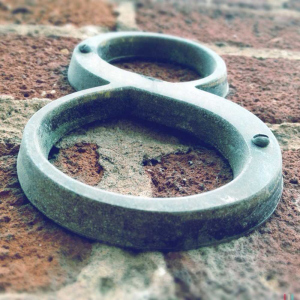
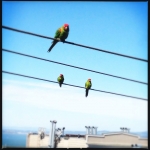
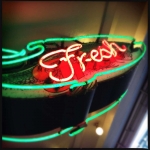

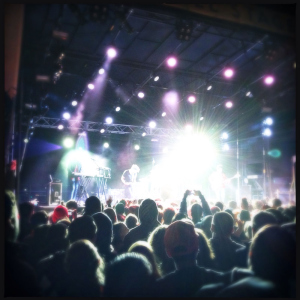
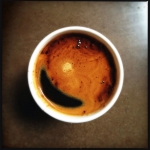
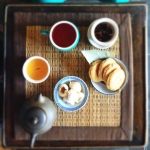
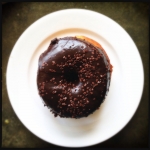

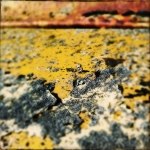
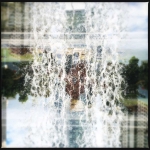

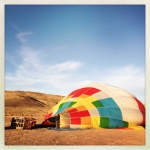
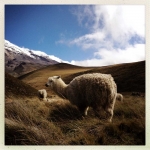
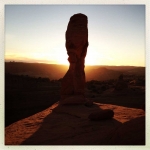
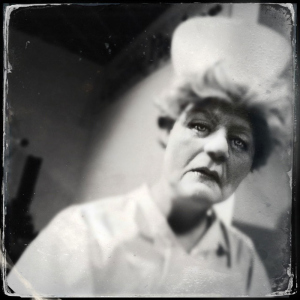
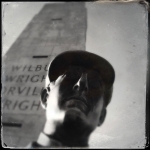
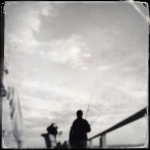
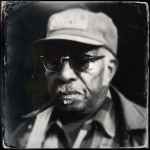



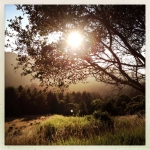
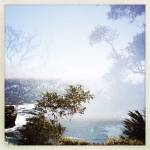

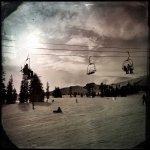
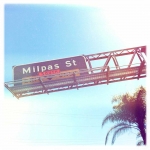

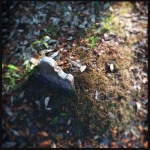
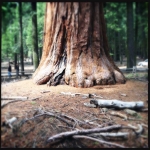


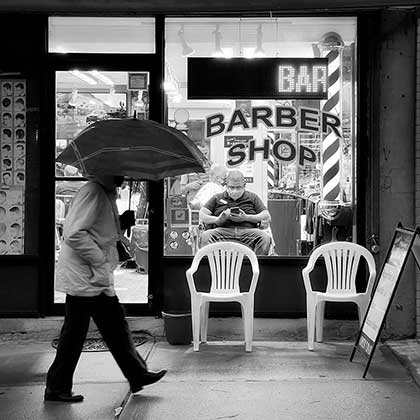
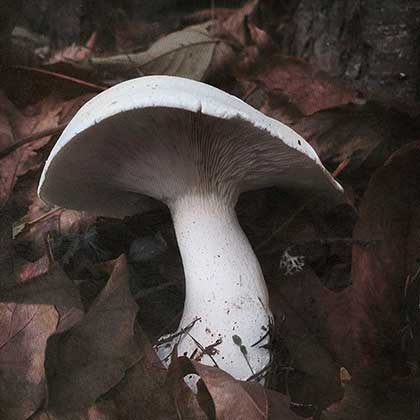
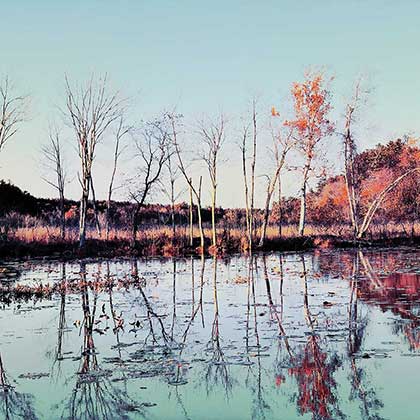
4 Comments